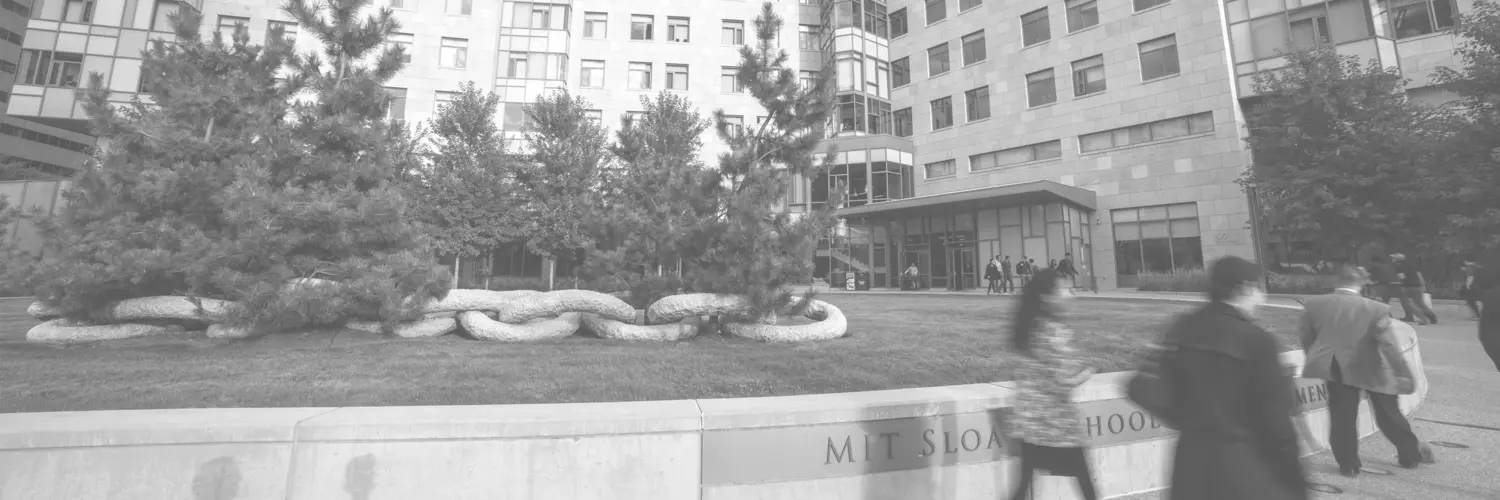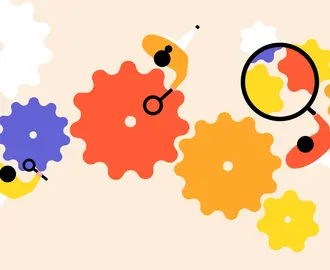Credit: Yuri A. / Shutterstock
What you’ll learn:
- Many managers are stuck in a permanent state of crisis.
- Dynamic work design can help you break through static dysfunction and work more efficiently.
- Increasing your organization’s dynamism can lead to significant gains in performance.
+++
It’s a scenario that’s all too familiar: Monday morning, you make a list of important things you need to accomplish during the week. You work long, busy hours every day, but by Friday afternoon, you still haven’t crossed a single item off your list.
You may be caught in what faculty director of the MIT Leadership Center, calls a firefighting trap — stuck in a permanent state of crisis management while the real work of your organization remains undone.
test
With their new book, “There’s Got to Be a Better Way,” Repenning and an MIT Sloan senior lecturer in operations management, propose a new way of working, dynamic work design, that helps ensure that all parts of a company are operating in concert.
In the excerpt below, the authors explain how replacing rigid systems with a dynamic workflow can improve organizational productivity, increase efficiency, and add motivation — and maybe even exhilaration — back into your workday.
+++
Introduced in the 20th century, the modern hierarchical corporate form represented a major advance over prior organizational structures. Using specialized groups and intricate reporting relationships, it allowed companies to scale to massive global size.
However, such organizations were largely built on static systems, which tended to grow less flexible with time and scale. The rules and practices that made organizations successful also made them bureaucratic and slow. When events challenged the world around them, their structures remained frozen, and many once venerable companies are long gone.
Fortunately, some organizations experience moments of dynamism. A crisis often brings it to the fore. But after the crisis is resolved, static structures reemerge.
Organizational management is ready for a vital upgrade. Instead of waiting for a natural disaster or a big screwup, let’s embrace the inevitable gaps between plans and outcomes and put dynamism to work on a regular basis.
Increasing an organization’s dynamism often leads to significant gains in performance. It’s also fun. It can be incredibly motivating, even exhilarating, to work in a dynamic organization.
The difference is palpable when you visit the sequencing lab at the Broad Institute, a Harvard-MIT research collaboration that grew out of the Human Genome Project. People there have always had a sense of mission about their work — they know the research is important.
Since Broad adopted dynamic work design, they now also have the confidence that comes with being in control of their workflow. They no longer hide small crises and workarounds. At every moment, a dynamic structure helps everyone know both the current priorities and the pressing problems. Walls are full of charts that everyone marks up, showing the real-time progress of each complex line of activity.
Startups often succeed because their initial approach to work is highly dynamic. The freewheeling way they work fits the messy, chaotic, unpredictable nature of their reality. Success and growth, however, can breed rigidity as internal controls and structures are solidified.
Dynamic work design provides a way to avoid that rigidity by simultaneously adding necessary structure to the work and retaining the dynamism that engaged people in the first place.
Dynamic organizations continually draw data from the work environment so that people can respond to change in real time in the same way that today’s global positioning systems operate.

Visual Management for Competitive Advantage
In person at MIT Sloan
Register now
The principles and approach we set out in “There’s Got to Be a Better Way” will help you harness the fundamentally dynamic nature of your organization. They can halt the vicious cycle of workarounds that don’t scale and develop your ability to adapt and thrive in a changing world.
When managers use dynamic work design, they often feel, for the first time, that they are managing their organization rather than that their organization is managing them. The workday is transformed. The tasks of goal setting, planning, and budgeting no longer involve lengthy annual or quarterly negotiations, the results of which must then be worked around.
Instead, planning and goal setting become part of an ongoing process of identifying problems and sensing new opportunities. Dysfunctional hierarchical reporting relationships and painful review meetings take a back seat to providing guidance, delivering critical resources, and communicating about what is really happening.
Excerpted from “There’s Got to Be a Better Way: How to Deliver Results and Get Rid of the Stuff That Gets in the Way of Real Work,” by Nelson P. Repenning and Donald C. Kieffer. Copyright © 2025 Available from Basic Venture, an imprint of Hachette Book Group Inc.




